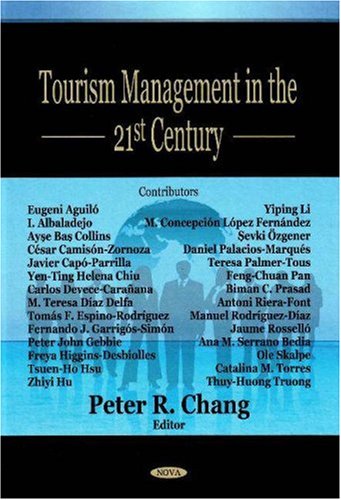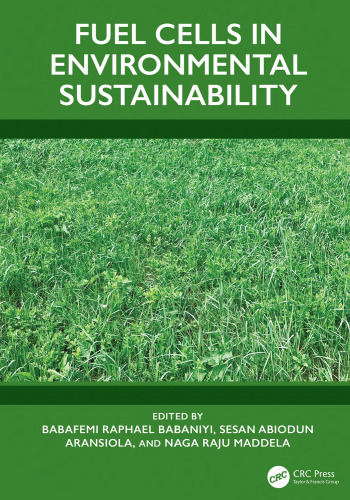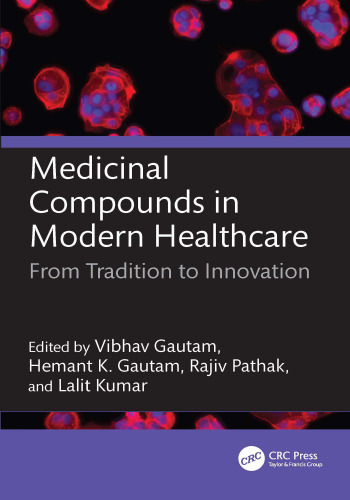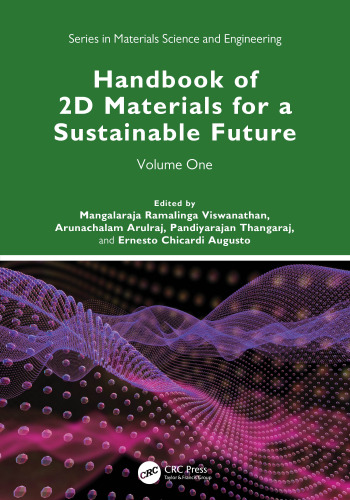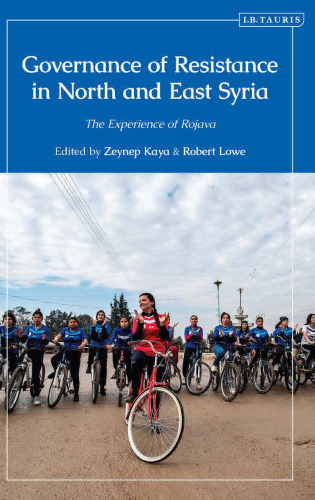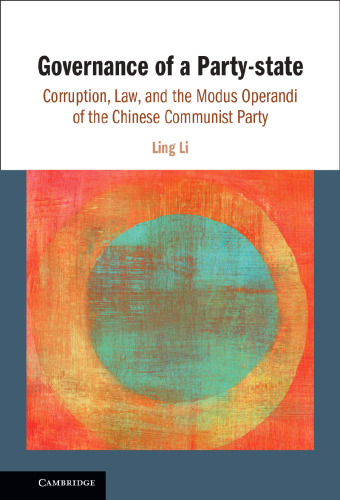دانلود کتاب Tourism Management in the 21st Century - Original PDF
Author:
Peter R. Chang
0 (0)
توضیحات کتاب :
Tourism appears to be an industry that anyone can understand, but in reality it is a very complex subject. It is a meeting ground for economics, sociology, anthropology, geography, ecology and national priority issues among other challenges. Issues of employment, prices and contribution to GDP are all a part of the scope of this book, as well. Leaders of countries find themselves thrown from power if they do not convert tourism potential to a revenue stream. This book presents the latest thinking from around the world.
سرچ در وردکت | سرچ در گودریدز | سرچ در اب بوکز | سرچ در آمازون | سرچ در گوگل بوک
1,325 بازدید 0 خرید
